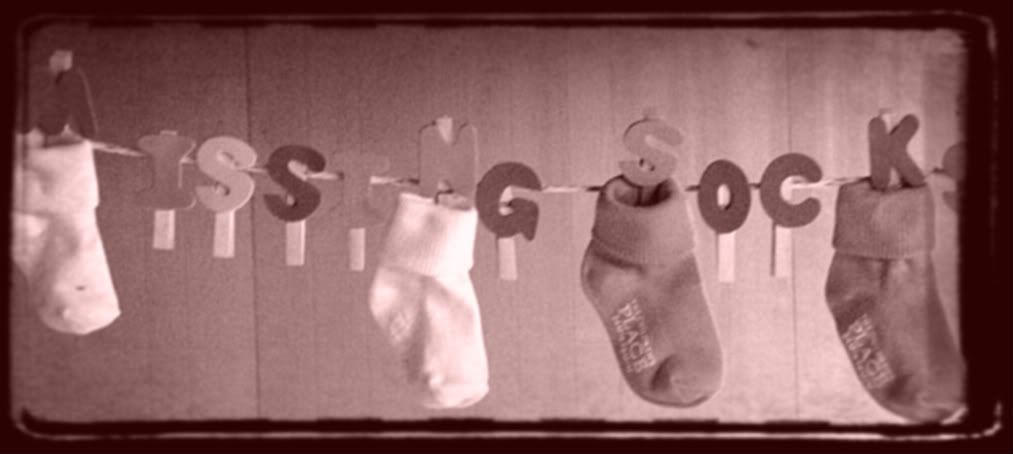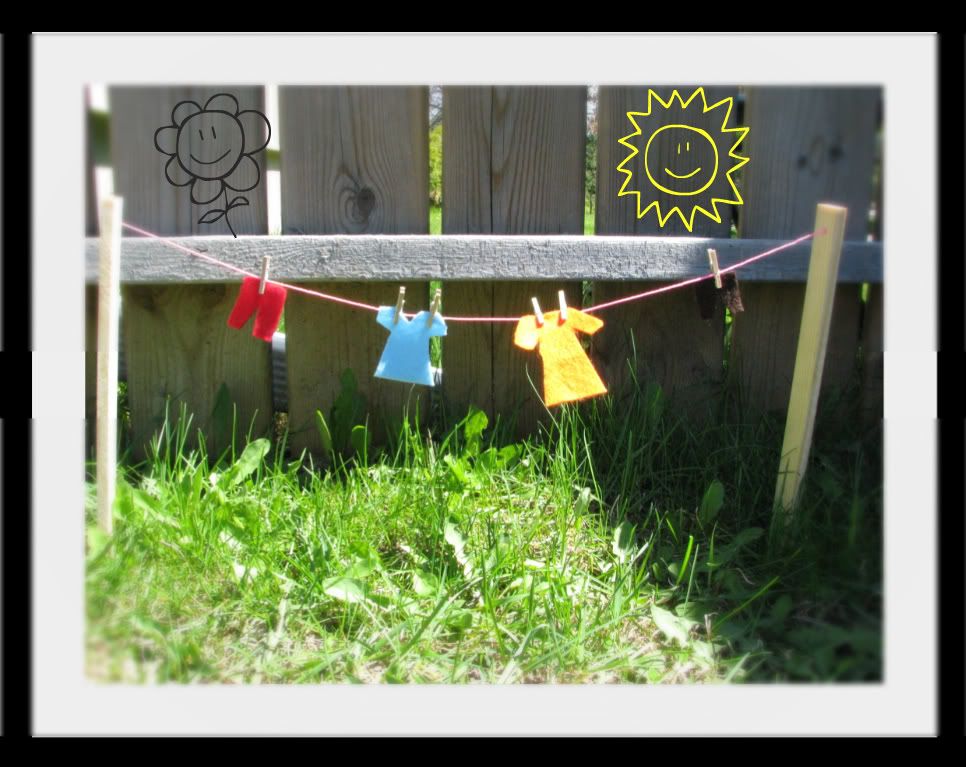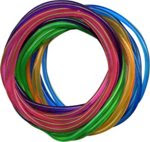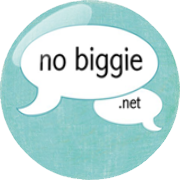Important! Medical Disclaimer- This post has been developed by the author for information purposes only. It does not provide medical advice, diagnosis, treatment or care. If you have a health problem, medical emergency, or a general health question, you should contact a physician or other qualified health care provider for consultation, diagnosis and/or treatment.
Have you ever wondered what a nurse or doctor stocks in their medicine cabinet to treat minor ailments or injuries? Did you know that the bathroom is one of the worst places to store medicines? Do you know some of the most crutial facts about taking otc medicines?
Today I'm going to take a break from talking about my husband and children. I want to focus on the other love in my life, my career as a Registered Nurse. I have been a RN for 9 years. I have worked in many different hospital settings and have treated many different illness and injuries.
I have worked on a Cardiac Care unit , MICU(medical intensive care unit), E.R., and most recently on a Hemodialysis unit. I've done everything from removing sutures and performing CPR to disimpacting a patient.
So, as you would expect, I get asked for medical advice from almost all my family and friends.
Today I want to offer some information on how to stock a medicine cabinet that will effectivly treat your family's minor medical needs.
To begin, contrary to popular belief, the bathroom is actually not a great place to keep a medicine cabinet or medicine box. The heat and humidity caused by baths and showers can cause medicine to deteriorate more quickly. A suggested place to store a medicine box is on the top shelf of a linen closet. Linen closets are typicaly out of a child's reach and they offer a cool, dark and dry place to store medicine. I personally prefer a medicine box over a cabinet. I have one tackle box for medicine, that remains locked, and one that contains medical supplies(also known as a first aid kit) which may be accessed more easily in a emergency situation.
Medicine Box And First Aid Kit Must Haves
Pain relievers and fever reducers. I keep a supply of liquid Tylenol for the kids and capsules for adults. Tip-don't be afraid to purchase the no name brand of Tylenol aka Acetaminophen. This is what hospitals use and it is just as effective. I also stock Ibuprofen(Motrin,Advil). Ibuprofen is classified as a pain reliever, anti-inflammatory and fever reducer. This means it can help reduce inflammation from an injury such as a sprain. I also like to rotate between Tylenol and Ibuprofen when treating a fever. Ibuprofen can last as long as 6-8hours while Tylenol is only effective up to 4 hours
. Tylenol is also supplied in the form of suppositories for those who have trouble keeping medicine down. Note-Tylenol suppositories are typically stored in the fridge.
Bandages-I keep a supply of differnt size bandaids as well as colorful character bandaids for the kids. It is also important to stock a few vinyl or plastic bandaids as some people may be allergic to the latex that can be found on the adhesive part of some bandaids.
I also keep a hefty supply of guaze and adhesive tape for "make shift" bandaids.
Digital Thermometer-It is recommended that the old style mercury thermometers not be used on children. The mercury can be toxic if the thermometer breaks. Also, the new digital thermometers offer a reading much faster and they are easier to read than the older style thermometers. Mercury thermometers should not be thrown away in the garbage. To dispose of them you can drop them off at your local health unit.
Antiseptics and Antibiotic ointments-I am a big believer in soap and water to clean a cut. However, some may prefer to use rubbing alcohol as a disinfectant. I also stock some alcohol hand sanitizer to quickly kill the germs on my hands prior to treating a wound. I have found that the alcohol swabs provided in many medical kits dry out too quickly. Instead you can make your own by squirting some alcohol on a 2x2 guaze. I also like to irrigate a wound with a saline solution prior to applying antibiotic ointments and bandages. Examples of antibiotic onitments would be neosporin or polysporin.
My kids seem to be prone to conjuctivits (pink eye) so I keep a bottle of polysporin eye drops to use until I can get a prescription from my family doctor.
Antihistamines-aka allergy medicine. I typically stock oral Benadryl( taken by mouth) and topical Benadryl(applied to the skin). This medicine is effective in treating allergic reactions such as hives, itchy bug bites or nasal congestion and itchy water eyes. Tip-oral Benadryl can cause drowsiness. If the reaction is localized you can apply a topical ointment such as otc hydrocortisone or topical Benadryl.
Antiemetics-I keep a supply of gravol suppositories for the children if they have an upset stomach and/or vomiting. For adults, either oral or suppository gravol is sufficient. Also Pepto Bismol is a good alternative. A children's formulation is also available in tablet form. Note- Pepto Bismol will turn your stools(poop)black so don't be alarmed!
Tweezers, Sissors, Duck Tape-Yes, I said duck tape! Have you ever tried to get a sliver out of a child with tweezers. If you try to come close to them with tweezers they freak out! Try duck tape instead, to pull the sliver out! Tip- duck tape is also an effective treatment for warts that may be found on the hands and feet!
Items For Distraction-for the squeemish or panicky (young or old) it is always a good idea to give them something to distract them while you care for them. Stickers, suckers, a stuffed toy, or book are some ideas that may ease the pain and calm fears!
First Aid Manual-In a true crisis it is often difficult to think clearly. This is why I always keep a first aid manual in my medicine box in case of an emergency. This is useful for any lay person who hasn't been trained in First Aid and CPR. Tip- Always make sure your babysitter knows where the first aid kit is and that there is a manual inside in case of an emergency.
A Medical File Folder-This is especially important if you are not present to provide the accurate medical information on your family members or if you forget. I keep a list of emergency medical numbers, vaccination journals in this folder. On an index card I document each family member's pre-existing medical conditions, current prescription medications(also include vitamins and mineral as well as natural supplements that are being taken)and the allergies and what type of reaction is expected.
Recommended Items
I didn't mention cough suppressents or expectorants above because they are not really recommended for young children anymore. In fact their efficacy has been questioned all together. Some medical professionals believe a tablespoon of honey is just as effective as some otc cough suppressents. I'll let you be the judge of that.
I like to use a cool mist humidifier if my children have chest congestion. It is important to remember to thoroughly clean it when you have finished using it so that it doesn't harbour mold from the moisture.
A pair of sterile gloves is a good idea and can be purchased at most drug stores.
Antacids can come in handy and help you avoid a midnight trip to the supermarket
Syringes or a calibrated spoon are handy to have. Never use a kitchen spoon. I find the plastic cups that the come with some medicine difficult to read.
Oral rehydration- pedialyte is one example even though I've never managed to get my kids to drink that awful tasting stuff!
Calamine lotion or oatmeal bath sachets are effective in treating itchy dry skin or hives
Important Things To Note
- Don't ever share your prescription medications or take those prescribed for others. You don't know how your body will react or what dose would be appropriate. Only a doctor can determine if the medication is right for you, how much you should take and for how long. The medications can also dangerously interact with others you may be taking.
- Follow label directions carefully and always read warning labels to ensure you take medications safely and as directed.
- Be particularly mindful of warnings to avoid or limit alcohol.
- Keep the telephone number for your local poison control centre in an easily accessible spot near your telephone and be sure all household members are aware of the number.
- If you are in the midst of taking a medication and are interrupted by a doorbell, for example, take the medication with you. Do not leave it unattended on the counter. Numerous accidental ingestions by children can occur in this manner
- Dispose of expired medicine by taking it to a pharmacy in order to avoid environmental contamination. It is also important to take inventory of your medicine box and first aid kit twice a year. (I print out a "contents list" for my medicine box and for the first aid kit. Then I tape it to the back of the box. Whenever I use an item from the box I cross it off the list. This way I can quickly see what I need to restock)
- Always fill your prescriptions at the same pharmacy so as to avoid dangerous drug interactions. The pharmacy will have your previous drug list on file and your pharmacist can warn you of harmful side effects.
A well-stocked medicine cabinet can be a relief during an illness or in an emergency. It is certainly worth the time and money required to have those items available that will aid you and your loved ones in time of need.
I hope this helps you figure out what you really should have on hand and what you could toss.



































































































